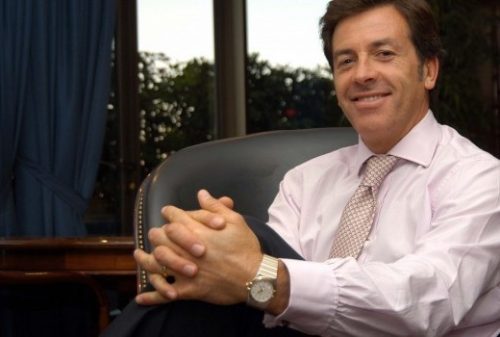Chile’s Compania Pesquera Camanchaca’s salmon division Salmones Camanchaca posted in a strong Q3 2018 performance. The CEO talked to SalmonBusiness about the company’s current winning streak.
In a financial report yesterday, the Chilean salmon producer, headed by CEO Ricardo Garcia Holtz, posted a near 50% increase in EBITDA (USD 20.8 million)when compared to the same period last year (USD 8.8 million).

Earnings
In a phone call to SalmonBusiness, Holtz attributed the rise in earnings down to investments in science but taking advantage of unused concessions.
“Conditions in the industry are progressing and we have seen an increase in the average weight of around 5.3 kilos per fish,” said the CEO.
“Our mortality is around 7% which is a good standard,” he added. He said that earnings are being driven by “the stable cost of the fish weight to $3.15 dollars per kg,” he said.
Volume
Salmon sales volumes were up 109% over the nine months of 2018, thanks to a 93% increase in harvests (also in the 9 months of 2018) to around 35,000t whole fish equivalent.
“Going forward,” he said that “there will be lower but stable growth in the years to come.”
In terms of challenges, Holtz said that lice was still an issue, but that its not as serious as in Norway.
“The lice are a much smaller animal here, so the damage is less severe. But we need to control and reduce the treatments.” Garcia explained that Chilean salmon farming industry has activated a cross-company “task force” to explore alternative and long term solutions to chemical lice treatment. “We cant work alone,” he said.
Emerging markets
“There has been a big change (this year) with a larger share going to Russia. Up to the third quarter, around one fifth of our sales went to Russia, though I am not sure if it will remain so. Around 7% – 10 % of our exports is going to China,” he added.
On emerging markets, Holtz concluded that “consumers are competing with a stable supply. That way depends on their willingness to pay more, which is why they get more.”










